
Long lines were a common sight on Saturday nights when the Grand Ole Opry performed at the Ryman. Fans drove as much as 200 and 300 miles to see their favorite stars.

Nashville, Tennessee's most recognized landmark is revered by generations of both fans and the stellar list of performing artists who have graced her stage. The Ryman: Mother Church of Country Music traces the building's illustrious history, beginning with its early years as a house of worship.
From the inspiration of riverboat captain Thomas Ryman, to the most significant home of the Grand Ole Opry, from the struggle for its preservation to its eventual restoration, makes The Ryman the definitive Mother Church of Country Music and is a testament to American musical history.

Long lines were a common sight on Saturday nights when the Grand Ole Opry performed at the Ryman. Fans drove as much as 200 and 300 miles to see their favorite stars.
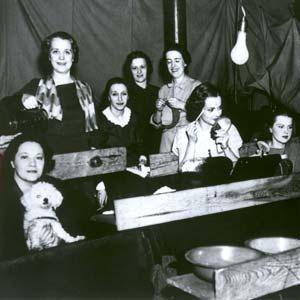
Chorus girls prepare in a makeshift dressing room at the Ryman. The first dressing room was not built until 1932, when Maude Adams requested one for her performance.

George D. Hay, the "Solemn Old Judge," and the WSM Grand Ole Opry cast backstage at the Ryman in 1956.

Clowning around backstage was a common occurrence during Opry shows. Up to 30 acts and 100 performers might be backstage over the course of one evening.
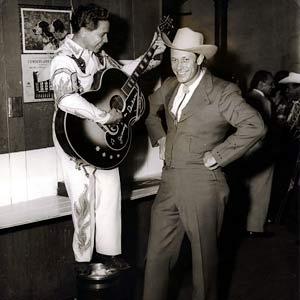
Little Jimmy Dickens and Hawkshaw Hawkins backstage at the Opry. Hawkshaw Hawkins, Cowboy Copas, Jack Anglin, and Randy Hughes died along with Patsy Cline in a plane crash in 1963.
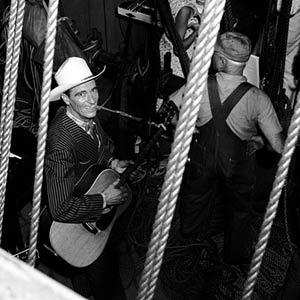
Ernest Tubb waiting for his turn to go on stage in June, 1955.

Capitalizing on the Opry's success, National Life and Accident Insurance Company used popular faces and familiar scenes from the Ryman in their marketing material.
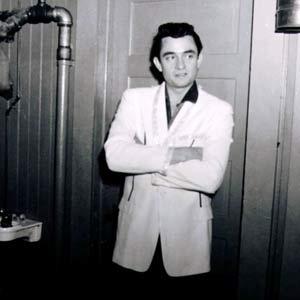
A shot of Johnny Cash backstage in January of 1958 before he became "The Man in Black."

One of the many autographed photos, playbills and programs that Lula Naff collected during her tenure as the Ryman manager and booking agent.
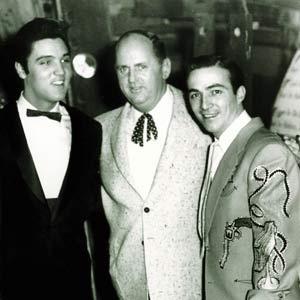
Elvis Presley backstage at the Opry with Col. Tom Parker and Faron Young in 1957.